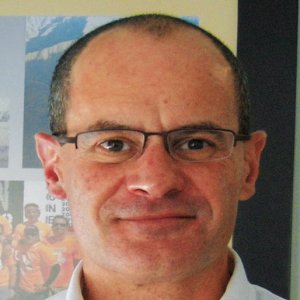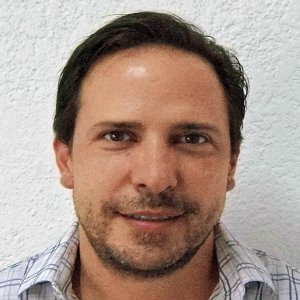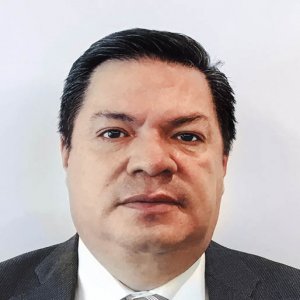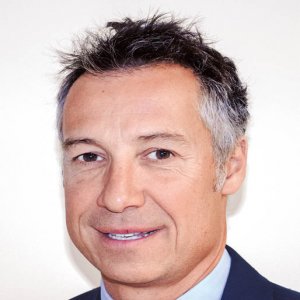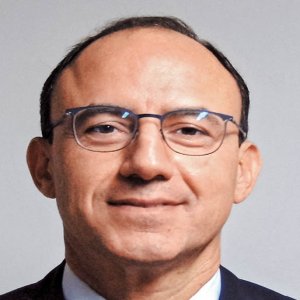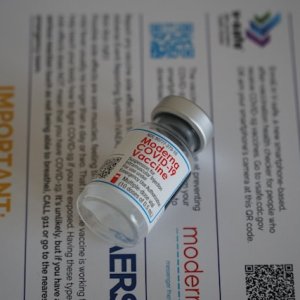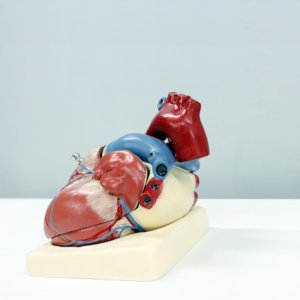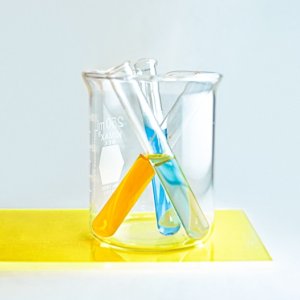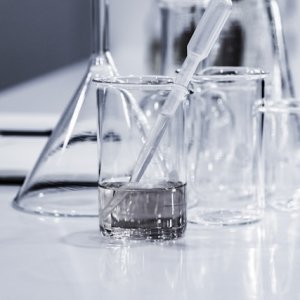Promise of MSC Lies in Flexibility

STORY INLINE POST
Q: What advantages do dental mesenchymal stem cells (MSC) have over those extracted from bone marrow or the umbilical cord?
A: Bone marrow contains a small portion of mesenchymal stem cells and extracting the cells is invasive. They also cannot be taken from cancer patients because they are already sick, although milk teeth have cells that can be used to treat direct family members. The umbilical cord contains hematopoietic cells, which can only produce blood and not tissue. Those are useful for certain blood diseases but they cannot be multiplied. Additionally, hematopoietic cells can only be used in children under 16 pounds because the procedure requires a certain number of cells per pound and more cannot be produced.
MSC can convert rapidly into any tissue. We are developing cardiac cells for regenerative medicine and working with 3-D printing to replace foot bones. In the US, scientists are 3-D printing human hearts and putting them in pigs. We can make and print skin for burns and we can produce cells for laboratory tests, thus avoiding animal testing. Additionally, our experts are developing beta pancreatic cells that produce insulin, taking steps toward treating T1D.
At the same time, we are trying to help people who suffer from macular edema and retinitis pigmentosa by producing cells found in the eye’s rods and cones. From MSC, we can fabricate fibroblast to produce a serum that helps reduce wrinkles and our partners in Spain have already treated 20 patients with this product, 18 of which saw positive results.
MSC also have immunomodulating properties, meaning the cells can reduce inflammation and rejection rates. We injected MSC into eight paralyzed rats and after six weeks, four started walking again, which means the neurotransmission is perfect. Parkinson’s and Alzheimer’s are other diseases we want to treat.
Q: What process is used to extract the cells?
A: The ideal process is for children to go to the dentist when a tooth is loose but not out. If the child waits until the tooth falls naturally, the mature tooth behind the milk tooth may have eaten the entire root, from which the stem cells are extracted. The dentist will put the tooth in a fluid we provide that will preserve the tooth exactly as it is. We work with a network of dentists who have the necessary boxes to preserve the teeth, which can be preserved for up to four days, although we should receive it within 24 to 48 hours. We then freeze and expand the stem cells.
Q: How does current regulation govern the use of stem cells in Mexico?
A: We cannot use them openly right now because they are still in trials. We need to apply to COFEPRIS on a case by case basis, with a specific patient and a specific treatment in mind. The ethics committee assigned by the government will then decide if what we are doing is proper and whether there will be any harmful effects for the patient. Also, patients can only use their own stored cells for the treatment. If they want to do something else we need to repeat the process.
Q: How can regulations be improved to take advantage of this technology?
A: We know these cells can do a lot of good and regulatory bodies are trying to move faster regarding regulations. But this technology develops more quickly than the law, as evidenced by the fact the FDA is granting permission today for procedures invented in 1985. Everything in this field is new and people can be afraid, so we need the scientific basis to justify new techniques.
The government asks us for advice on how to handle new cases. It is remarkable that COFEPRIS is recognizing the need for support in areas it is unfamiliar with and that they are willing to integrate this support. Social security is also burdened because of the money required for longterm treatments. We want patients to have access to these opportunities as soon as possible.
